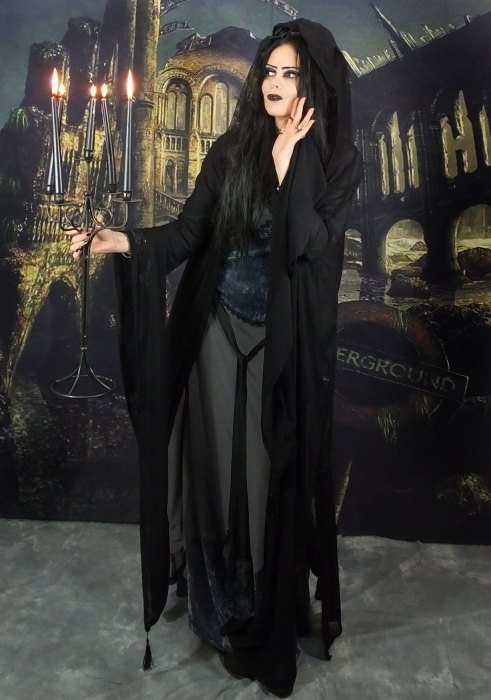



The features on the Peruvian Chachapoya sarcophagi resemble the features of the 887 Moai statues standing looking out to sea on Easter Island since before recorded time :( "It was believed that the living had a symbiotic relationship with the dead where the dead provided everything that the living needed -health, fertility of land and animals, fortune etc. They mummified their dead and wrapped them in woven cloth shrouds in the fetal position and then stood them on the cliffs almost like they were waiting for something from the sky to bring them home. (Here are some more recently discovered shrouded "mummy bundles" in Peru. Yet they left one thing behind – the strange sarcophagi in which they would bury their dead - so far up the sheer cliff that no one has ever been able to figure out how it was done. MUMMIFICATION - The CHACHAPOYA of PERU & the ANCIENT EGYPTIANS -īy the time the Spanish arrived in Peru at the beginning of the 16th Century the Chachapoya people had already been subsumed into the great Inca Empire. We are fairly certain that if one were to ask the Sioux, Apache ,Navajo ,Hopi,Blackfoot or any Native American in the 19th Century and before what they thought about building stone tombs as high as a mountain for one single dead human being - they might have thought this equally "barbaric and savage". The Native Americans lived in perfect harmony with Nature and without any waste. The practice of honoring the body and letting it return naturally as food for animals was considered barbaric by the first immigrants to North America - the Europeans. Among the Turks and other eastern nations, the dead are treated with reverence, and buried in cemeteries which are carefully kept.” The latter custom was practiced by many of the North American Indians. “Many "savage" tribes in various parts of the world suspend their dead from trees, or place them upon elevated platforms.
#Shroud clothing skin#
First peoples did NOT cremate.These same burial platforms were used all across the globe by the Aboriginals in Australia practicing the same type of ritual shrouding the body with animal skins and wrapped with herbs and flowers.Therefore we can also say that these first shrouds of animal skin were also the very first form of American Burial. From the American Encyclopedia 1873: The bones were then buried in the sacred tribal burial grounds. The shroud was perhaps the very first funeral "product" when an early human being wrapped the deceased body of a loved one in an animal skin. In Native American culture when a tribal member died the body of the dead was wrapped in hides and placed on a burial platform with their most prized possessions and given back to the Great Spirit. ( Shown: the Shroud of Turin is believed by many to be the actual shroud of Jesus the Christ. KINKARACO ® is a culturally & spiritually diverse company that cherishes the Death Rituals & Music of Human Beings on Earth.Ī Shroud is any covering wrapped around a corpse for protection, utility and/or Spiritual reverence in preparation for burial, mummification or cremation.Traditionally a shroud is an animal skin or piece of cloth that is wrapped around a body in preparation for burial or cremation.


 0 kommentar(er)
0 kommentar(er)
